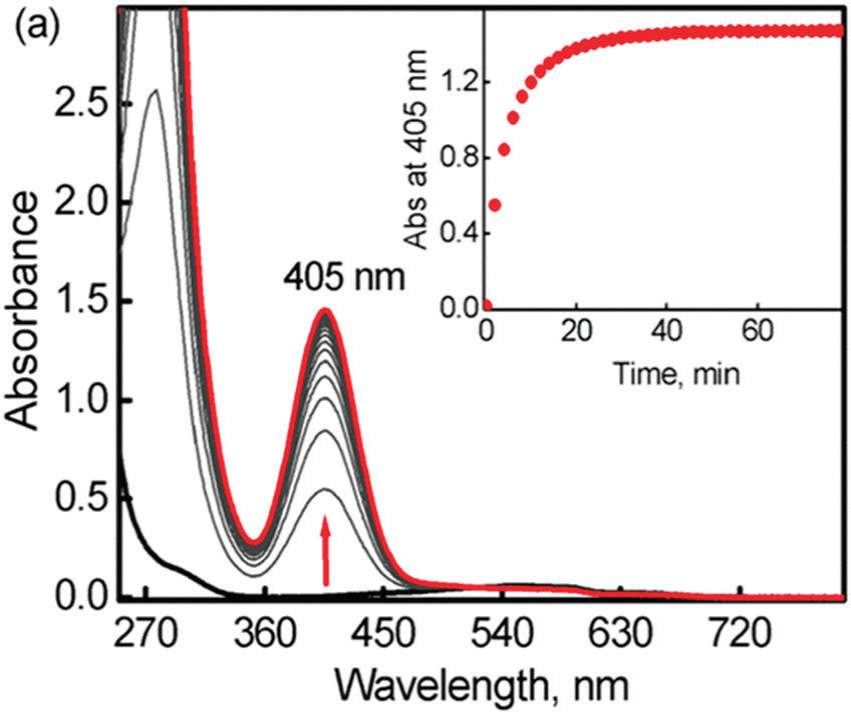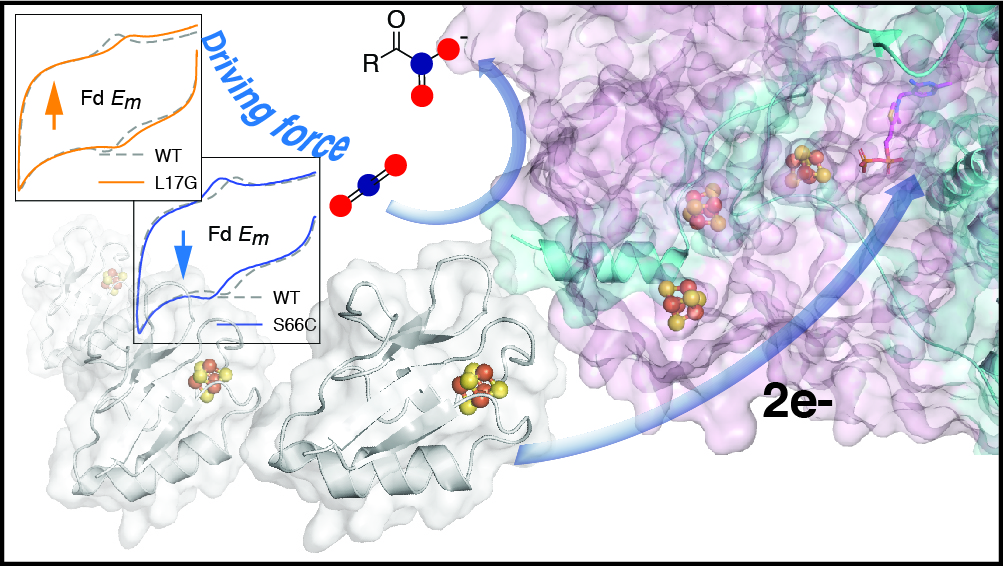Linda Doerrer: Synthesis of Manganese Alkoxide Compounds Relevant to O2 Production in the Water Oxidation Cluster
- Linda Doerrer
- One of the outstanding mysteries in bioinorganic chemistry is the mechanism by which the {Mn4Ca} water oxidizing complex (WOC) or oxygen evolving complex in photosystem II in plants functions. Photosystem II is part of the photosynthetic process that brings visible light, CO2, and water together to make carbohydrates and oxygen. It is known that a cluster of four manganese atoms and one calcium atom is critical for this functioning, as well as the participation of a tyrosine residue from the protein environment. The Doerrer Group is synthesizing first-row transition metal complexes with alkoxide anions, and they are interested in extending this chemistry to manganese to mimic WOC. The REU Student will learn how to synthesize transition-metal complexes in the absence of H2O and O2 and characterize them. Characterization techniques include NMR, UV-Vis, and IR spectroscopy, as well as solid state magnetism and single crystal X-ray diffraction. Successful efforts in the first stages of the project could lead to more advanced work in the project such as reactivity studies.
-

Sean Elliott: Redox enzymology: from enzymatic biosensors to CO2 reduction
- Sean Elliott
- The research of the Elliott Group focuses on the electron transfer reactions found in nature that are mediated by proteins and enzymes. Such proteins include cytochromes c, a class of metalloprotein that contains heme iron, and iron-sulfur cluster proteins, where iron and sulfide are assembled into redox-active units. In either type of protein, these inorganic parts serve as molecular “wiring” for how a cell moves electronic equivalents, and they serve as enzymatic active sites. . Such enzymes are capable of multi-electron transfer reactions, and these types of chemistry incredibly important to the energy sciences. Further, our group specializes in the use of electrochemistry as a tool for assessing how these proteins and enzymes work. Projects in our group focus on the structure-function relationship of biological electron transfer in model systems, encompassing many areas of biological chemistry. One example involves the study of ferredoxins, small redox-carriers that are essential for shuttling electrons across key steps of microbial CO2 reduction. An REU student may design mutations of such a ferredoxin, to test how changes in the environment around the ferredoxin iron-sulfur cluster results in changes in redox chemistry. In other areas, our group develops strategies for deposition of enzymes at electrode surfaces, a potentially exploitable technology for biosensor development. In this area, an REU student will develop co-immobilization of multiple enzymes to develop a multi-enzyme cascade that allows for sensing analytes through direct and mediated voltammetry.
-


